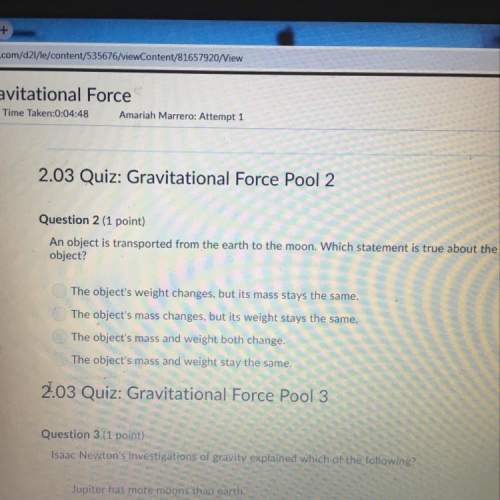
Chemistry, 15.10.2020 02:01 alexsk6357
ASSESSMENT CARD 3
Directions: Sequence the following statements about the flow of air in the
respiratory system using numbers 1-10. Write your answers in the
circle provided before each statement
The entering air is made warm, damp and clean of unknown
particles.
The bronchi carry air into each cone-sahaped organs called
lungs.
From the hair-like tubes bronchioles, the air goes to small air
balloons called alveoli
The air moves down through the windpipe.
The air flows into the finer subdivisions of bronchi found inside
the lungs called bronchioles
The body breathes in the air which is sucked in through the nose
.
Alveoli are wrapped around by capillaries which are small blood
vessels with thin walis that the oxygen from the air easily seeps
through the blood stream
.
The air passes through the two branching tubes called bronchi.
As oxygen seeps through the blood stream, the carbon dioxide
seeps through the alveoli and is then removed from the body
when we breathe out or exhale
.
After breathing out, the inhaling and exhaling is repeated in the
process of respiration.
plsss helpp

Answers: 2


Other questions on the subject: Chemistry

Chemistry, 21.06.2019 18:30, mamasmontoya
For each of the following mixtures decide if filtering would be suitable to separate the substances. explain your answers. oil in water sugar in water sand in water chalk in water tea leaves in a cup of tea
Answers: 2


Chemistry, 22.06.2019 10:30, mv603177
Rocks, as they are compressed, begin forming mountains above the earth's surface when two continental plates converge. the continental crust increases in depth as the mountains grow above. the himalayan mountains formed at a convergent plate boundary in this manner. the rocks are smashed together causing them to due to the intense heat and pressure from the colliding plates and eventually forming rock. a) melt; igneous b) layer; sedimentary c) recrystallize; metamorphic d) melt into the earth's interior; metamorphic
Answers: 1

Chemistry, 22.06.2019 16:50, brandiwingard
What is conserved in the reaction shown below? h2(g) + cl2 (g) --> 2hcl(g)a. mass onlyb. mass and moles onlyc. mass, moles, and molecules onlyd. mass, moles, molecules, and volume
Answers: 2
You know the right answer?
ASSESSMENT CARD 3
Directions: Sequence the following statements about the flow of air in the
r...
r...
Questions in other subjects:













